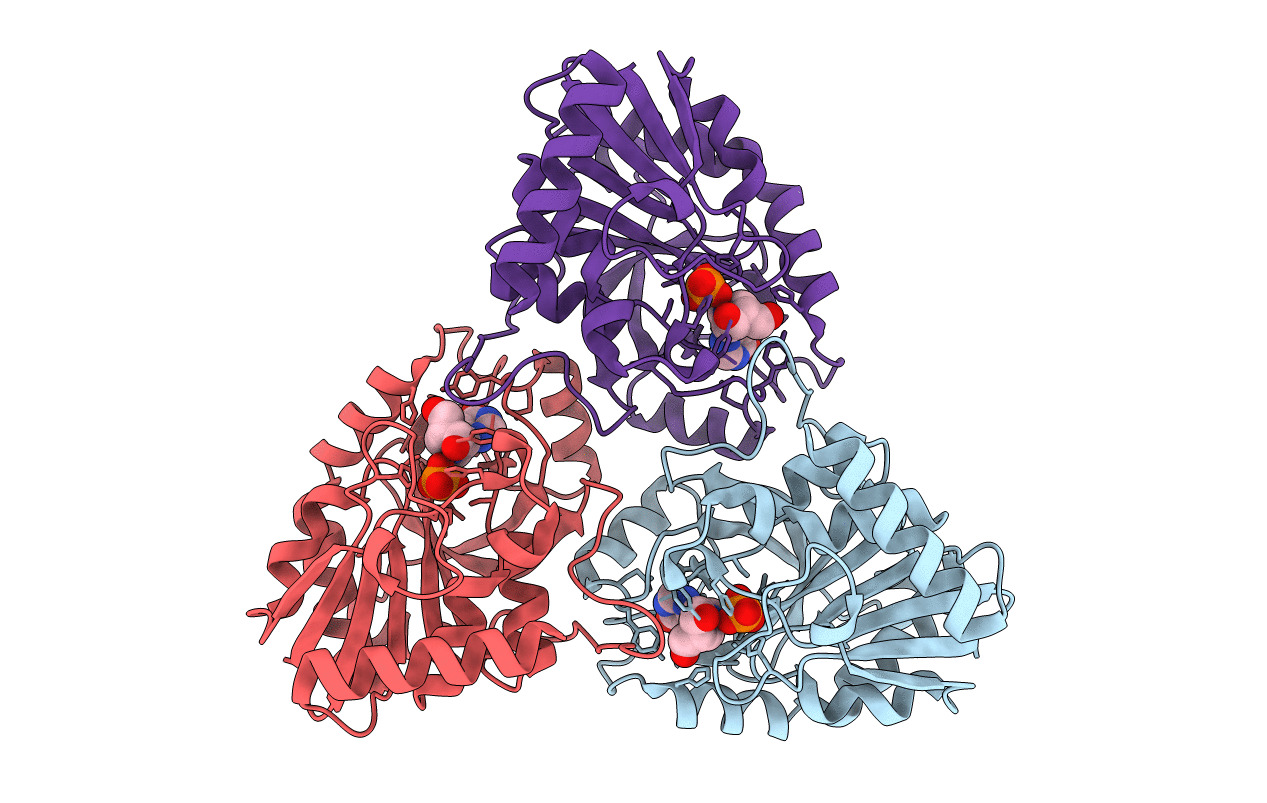
Deposition Date
2002-10-28
Release Date
2003-09-30
Last Version Date
2023-10-25
Entry Detail
PDB ID:
1N3I
Keywords:
Title:
Crystal Structure of Mycobacterium tuberculosis PNP with transition state analog DADMe-ImmH
Biological Source:
Source Organism:
Mycobacterium tuberculosis (Taxon ID: 1773)
Host Organism:
Method Details:
Experimental Method:
Resolution:
1.90 Å
R-Value Free:
0.21
R-Value Work:
0.18
R-Value Observed:
0.18
Space Group:
P 32 2 1


